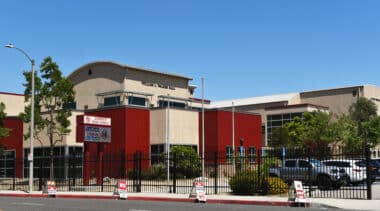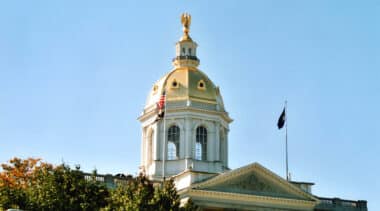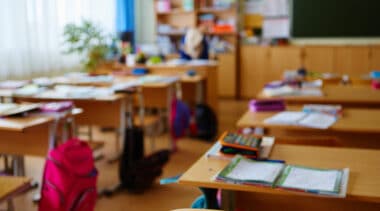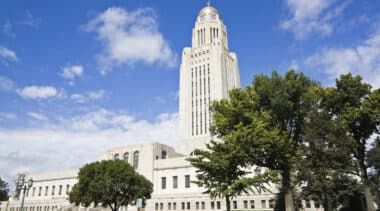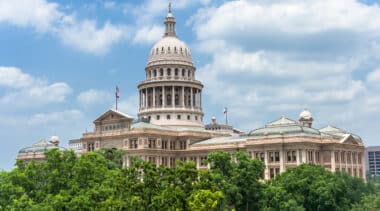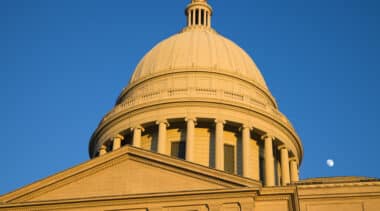Jude Schwalbach is a senior policy analyst at Reason Foundation.
Schwalbach previously worked at Heritage Foundation’s Center for Education Policy, where his research focused on expanding educational opportunities for K-12 students and reducing the federal footprint in education. Before joining Heritage, Schwalbach taught high school in Phoenix, Arizona.
Schwalbach’s writings have appeared in The Hill, National Review, RealClear Education, Orange County Register, Washington Times, and redefinED.
Schwalbach holds a B.A. in philosophy from Thomas Aquinas College and an M.A. in political philosophy from Hillsdale College.
He is based in Washington, D.C.
-
Open enrollment is an important part of school choice for California
California’s current public school transfer laws are overly restrictive, complicated and in need of reform.
-
LAUSD celebrates mediocre test scores
If these test scores are the definition of a breakthrough success, LAUSD’s bar for student achievement isn't high enough.
-
Improving Kentucky’s open enrollment program would help students and families
Strengthening Kentucky’s student-transfer policies would further empower families with the freedom to choose public schools.
-
New Hampshire could become the 17th state to adopt a strong within-district open enrollment law
If codified, New Hampshire Senate Bill 97 would ensure that students could transfer to any public school with open seats within their school district.
-
Which K-12 finance systems foster school choice?
A look at education funding portability in five states and why it matters.
-
More states should expand school choice for public school students
Letting students attend whichever public schools are the best fit for them is a straightforward way to improve public schools and student outcomes.
-
Strengthening open enrollment laws is key to unlocking public school choice for kids
Examining how open enrollment law design impacts public school transfer opportunities.
-
Arkansas’ K-12 open enrollment slam dunk
Thanks to new open enrollment laws, Arkansas students can now attend any public school regardless of where they live.
-
Texas open enrollment bill would significantly increase school choice
Senate Bill 686 could help millions of students in Texas find the right public schools for them, regardless of their home zip code.
-
Why open enrollment laws that let public schools reject transfer students aren’t good enough
Families and policymakers shouldn’t settle for open enrollment laws that allow public schools with open seats to reject transfer students.
-
Open enrollment can help New Hampshire’s students and school districts
In the “live free or die” state, switching public schools is surprisingly difficult. Open enrollment could make it easier.
-
Debunking Missouri’s K-12 open enrollment fears
Open enrollment doesn’t weaken local accountability; it encourages school districts to compete, improve, and become more responsive to families' needs.
-
Open enrollment is a school choice policy that both blue and red states can embrace
Twenty-one states across the political spectrum allow students to enroll in district schools outside their residential zones.
-
Nebraska aims to have the third-best open enrollment policy nationwide
Nebraska Legislative Bill 557 would open all public schools across the state to any student interested in transferring via a randomized lottery.
-
Texas aims to be in the top five states with the best K-12 open enrollment policies
Texas Senate Bill 686 would significantly improve schooling options for students by establishing statewide open enrollment programs.
-
Arkansas could be the 15th state to adopt strong within-district open enrollment
Arkansas Senate Bill 205 would let public school students transfer to any school with open seats inside their residentially-assigned school district.
-
Missouri could have the fourth best open enrollment policy nationwide
Five of the Show-Me State’s neighbors have already codified robust K-12 open enrollment proposals. It's time for Missouri to catch up.
-
Alaska aims to be the 10th state to improve K-12 open enrollment in five years
Strong public school open enrollment laws are increasingly popular, especially with parents and students.

